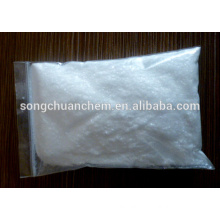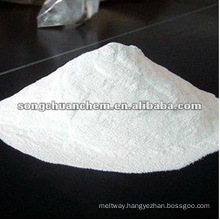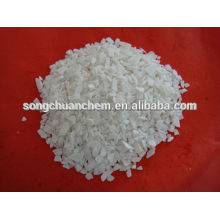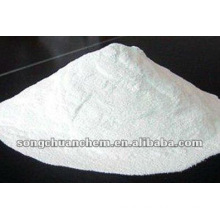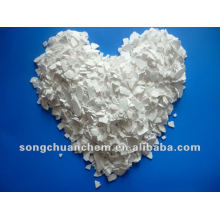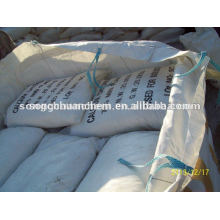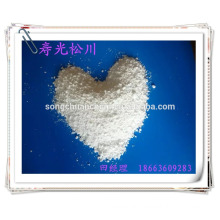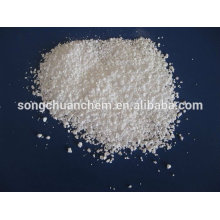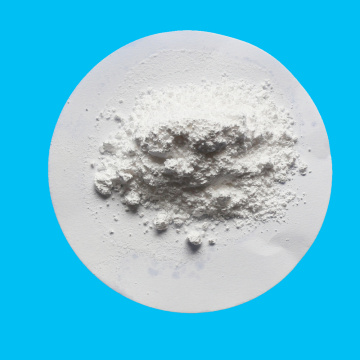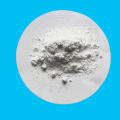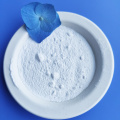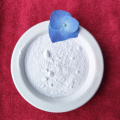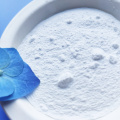Calcium acetate food additive preservative
Basic Info
Model No.: Food grade
Product Description
Molecular Formula: Ca(C2H3O2)2
Molecular Weight 158.17
INS: 263
CAS: [62-54-4]
Other name : Acetic acid, calcium salt; Calcium acetate
The chemical compound calcium acetate is the salt of calcium and acetic acid. It has the formula Ca(C2H3O2)2. Its standard name is calcium acetate, while calcium ethanoate is the systematic IUPAC name. An older name is acetate of lime. The anhydrous form is very hygroscopic; therefore the monohydrate (Ca(CH3COO)2•H2O, CAS [5743-26-0]) is the common form. It is used as a Food Additive, as a stabilizer, buffer and sequestrant, mainly in candy products. Calcium Acetate, (CH3COO)2Ca is used in Food industry as a growth inhibitor for certain bacteria. It is used in bread and other baked foods to prevent rope formation and to extend the shelf life.
l Specifications of Commercial Pure Calcium Acetate:
Calcium Acetate is a fine, white, bulky powder, freely soluble in water and slightly soluble in alcohol.
Assay: Not less than 99.0% and not more than 100.5% of Ca(C2H3O2)2, calculated on the anhydrous basis.
Chloride: Not more than 0.05%.
Fluoride: Not more than 0.005%.
Lead: Not more than 2 mg/kg.
Sulfate: Not more than 0.1%.
l Calcium Acetate BP, Ph Eur Grade
C4H6CaO4 --- 158.2 --- 62-54-4
DEFINITION
Calcium diacetate.
Content: 98.0 per cent to 102.0 per cent (anhydrous substance).
CHARACTERS
Appearance: White or almost white, hygroscopic powder.
Solubility: Freely soluble in water, slightly soluble in ethanol (96 per cent).
IDENTIFICATION
A. It gives reaction of calcium.
B. It gives reaction of acetates.
TESTS
pH: 7.2 to 8.2.
Readily oxidisable substances: Dissolve 2.0 g in boiling water and dilute to 100 ml with boiling water, add a few glass beads, 6 ml of 5 M sulphuric acid and 0.3 ml of 0.02 M potassium permanganate , mix, boil gently for 5 min and allow the precipitate to settle. The pink colour in the supernatant is not completely discharged.
Chlorides: Maximum 330 ppm.
Nitrates: Dissolve 1.0 g in water and dilute to 10 ml with the same Solvent. Add 5 mg of Sodium Chloride, 0.05 ml of indigo carmine solution and add with stirring, 10 ml of nitrogen-free
sulphuric acid. The blue colour remains for at least 10 min.
Sulphates: Maximum 600 ppm.
Aluminium: Maximum 1 ppm.
Arsenic: Maximum 2 ppm.
Barium: Maximum 50.0 ppm.
Magnesium: Maximum 5.00 × 102 ppm.
Potassium: Maximum 0.10 per cent.
Sodium: Maximum 0.50 per cent.
Strontium: Maximum 5.00 × 102 ppm.
Heavy metals: Maximum 20 ppm.
Water: Maximum 7.0 per cent.
l Calcium Acetate USP Grade
C4H6CaO4 158.17
Acetic acid, calcium salt.
[62-54-4].
Calcium Acetate contains not less than 99.0 percent and not more than 100.5 percent of C4H6CaO4, calculated on the anhydrous basis.
Identification: A solution (1 in 20) responds to the tests for Calcium and for Acetate.
pH: 6.3 to 9.6, in a solution (1 in 20).
Water: not more than 7.0%, determined in a 0.7-g specimen.
Limit of fluoride: the limit is 0.005%.
Arsenic: 3 ppm.
Heavy metals: the limit is 0.0025%.
Lead: 0.001%.
Chloride: 0.05%.
Sulfate: 0.06%.
Limit of nitrate: To pass the test.
Limit of Aluminum (where it is labeled as intended for parenteral use or for use in hemodialysis or peritoneal dialysis)-
Barium (where it is labeled as intended for use in hemodialysis or peritoneal dialysis): the limit is 0.05%.
Limit of potassium (where it is labeled as intended for use in hemodialysis or peritoneal dialysis): the limit is 0.05%.
Limit of sodium (where it is labeled as intended for use in hemodialysis or peritoneal dialysis): the limit is 0.5%.
Limit of strontium (where it is labeled as intended for use in hemodialysis or peritoneal dialysis): the limit is 0.05%.
Readily oxidizable substances: Dissolve 2.0 g of it in 100 mL of boiling water, add a few glass beads, 6 mL of 10 N sulfuric acid, and 0.3 mL of 1 N potassium permanganate, mix, boil gently for 5 minutes, and allow the precipitate to settle: the pink color in the supernatant is not completely discharged.
l Calcium Acetate FCC Food Grade
Ca(C2H3O2)2 Formula wt 158.17
INS: 263 CAS: [62-54-4]
DESCRIPTION
Calcium Acetate occurs as a fine, white, bulky powder. It is freely soluble in water and slightly soluble in alcohol.
Function: Buffer; stabilizer; firming agent.
REQUIREMENTS
Identification: A 1:10 aqueous solution gives positive tests for Calcium and for Acetate.
Assay: Not less than 99.0% and not more than 100.5% of Ca(C2H3O2)2, calculated on the anhydrous basis.
Chloride: Not more than 0.05%.
Fluoride: Not more than 0.005%.
Lead: Not more than 2 mg/kg.
Sulfate: Not more than 0.1%.
Water: Not more than 7.0%.
Contact us if you need more details on Calcium Acetate Food Ingredient C4H6CaO4. We are ready to answer your questions on packaging, logistics, certification or any other aspects about Calcium Acetic Acid Salt 62-54-4、E263 Calcium Acetate Food Additive. If these products fail to match your need, please contact us and we would like to provide relevant information.Product Categories : Acetate > Calcium Acetate

